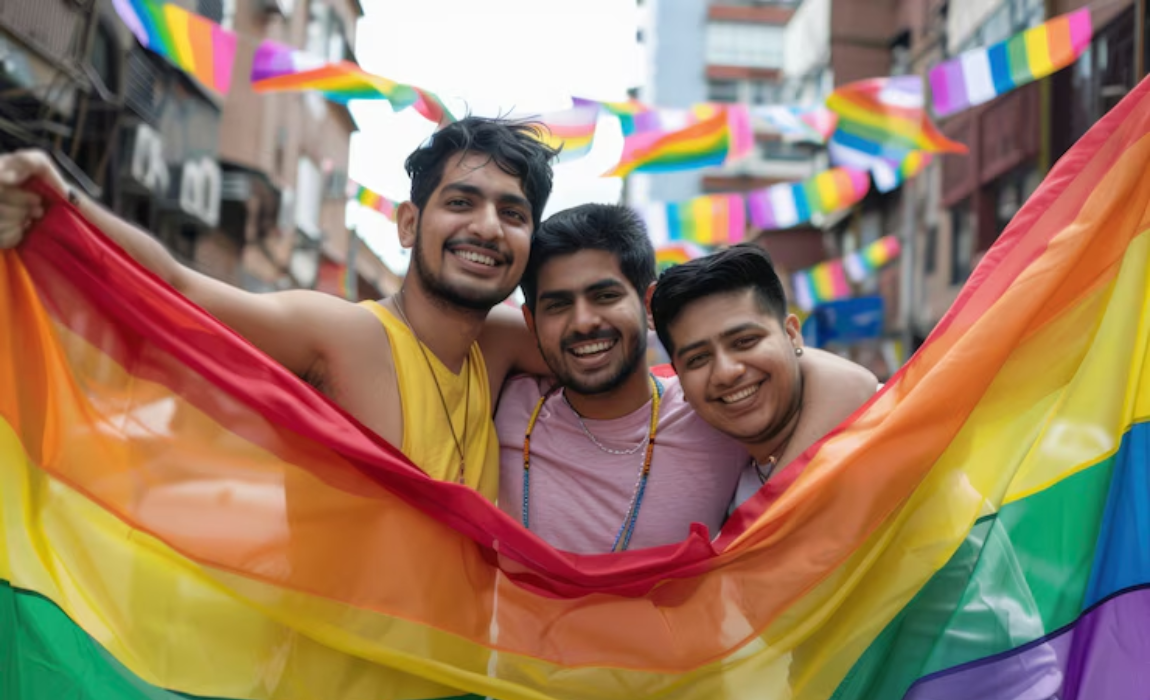
LGBTQ+ Rights and the Legal Recognition in India
India’s legal landscape has seen a remarkable transformation over the last two decades in recognizing the rights of the LGBTQ+ community. From being rendered invisible by colonial era laws to finally receiving constitutional protection, the journey of queer rights in India is one of struggle, resilience, and evolving jurisprudence. While the judiciary has played a proactive role in protecting individual dignity and liberty, the road to complete equality—both legal and social—remains a long one.
For decades, the LGBTQ+ community in India lived under the shadow of Section 377 of the Indian Penal Code, a relic from British colonial rule. It criminalized "carnal intercourse against the order of nature," and for years was used to target and harass homosexual individuals. The law not only denied them their basic rights but also legitimized social stigma and institutional discrimination. It took until 2018, in the landmark case of Navtej Singh Johar v. Union of India, for the Supreme Court to
decriminalize homosexuality. In a historic and unanimous judgment, the Court held that Section 377, to the extent it criminalized consensual same-sex relations between adults, was unconstitutional.
The Johar judgment was much more than just a legal milestone—it was a constitutional reaffirmation of dignity, privacy, equality, and non-discrimination, core principles enshrined under Articles 14, 15, and 21 of the Constitution. The Court recognized that sexual orientation is a natural and immutable aspect of identity. It was a bold step that brought India in line with modern global human rights standards and sent a powerful message that love is not a crime.
But decriminalization is only the first step. Legal recognition and protection of LGBTQ+ rights demand a positive affirmation of rights, not just the absence of criminality. In National Legal Services Authority (NALSA) v. Union of India (2014), the Supreme Court had already recognized transgender persons as the “third gender”, affirming their right to self-identify their gender without the need for surgery or medical examination. This was a progressive interpretation of Article 21, ensuring that gender identity is protected under the right to life and personal liberty.
However, despite these rulings, challenges persist. India still does not legally recognize same sex marriage, adoption rights, or civil unions for LGBTQ+ individuals. The recent 2023 Supreme Court verdict in Supriyo Chakraborty v. Union of India, where the Court refused to legalize same-sex marriage, was a disappointment to many. While the Court urged the government to create a framework for civil unions and prevent discrimination, it ultimately left marriage equality to the legislature—a slow and politically sensitive process.
This reluctance to grant full legal rights mirrors the deeper societal hesitation in accepting LGBTQ+ individuals as equals. Discrimination in housing, employment, healthcare, and education remains widespread. Many queer persons still fear coming out due to societal backlash, family pressure, or workplace bias. There is also a lack of legal safeguards against hate crimes, conversion therapy, and harassment, issues that require urgent legislative attention.
India must move from tokenistic tolerance to substantive equality. The path forward lies not only in courtroom victories but in social change, inclusive policies, and legislative will. The inclusion of gender-neutral language in laws, recognition of same-sex partnerships, equal rights to adopt, and comprehensive anti-discrimination laws are essential to ensure the LGBTQ+ community is treated as full citizens.
The judiciary, while constrained by its role, has done much to illuminate the way. But it cannot walk this road alone. The legislature, civil society, and citizens must come together to create a country where every individual, regardless of their sexual orientation or gender identity, can live with freedom, dignity, and love.
